ORDINARIES
CREATION TECHNIQUES

CHIEF
- This is a horizontal line at the top of the shield and is an honorable ordinary occupying the entire top and one-third of the total surface of the shield.
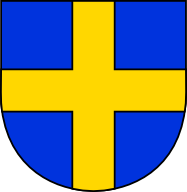
CROSS
- A large traditional Christian cross that covers a shield's whole width and length and indicates a Christian knight's service in the Crusades.
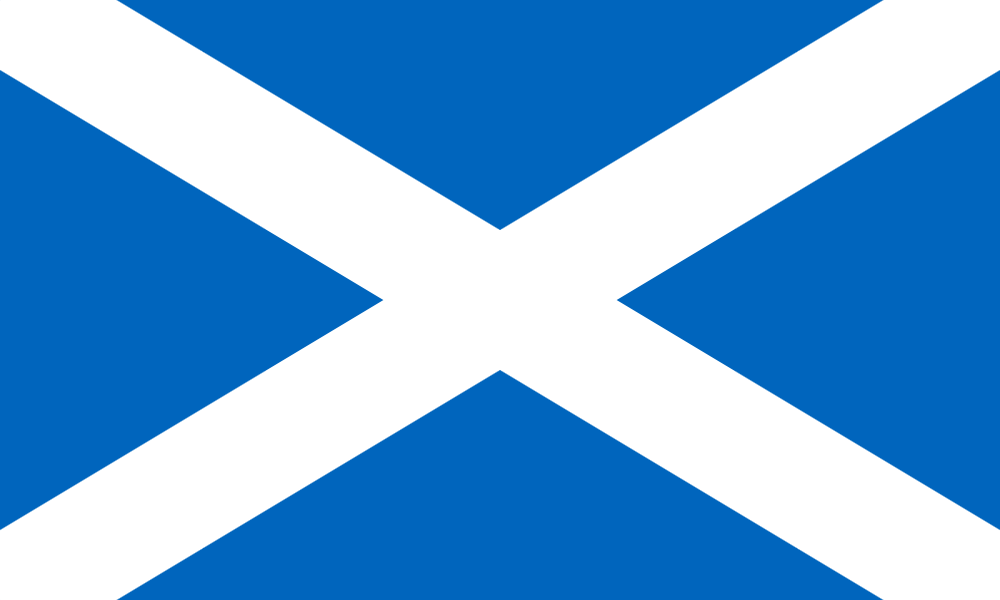
SALTIRE CROSS or St. ANDREWS CROSS
- This ordinary was given as a reward to a person to designate that he has scaled the walls of towns and looks like a big X and again, covers the whole shield.
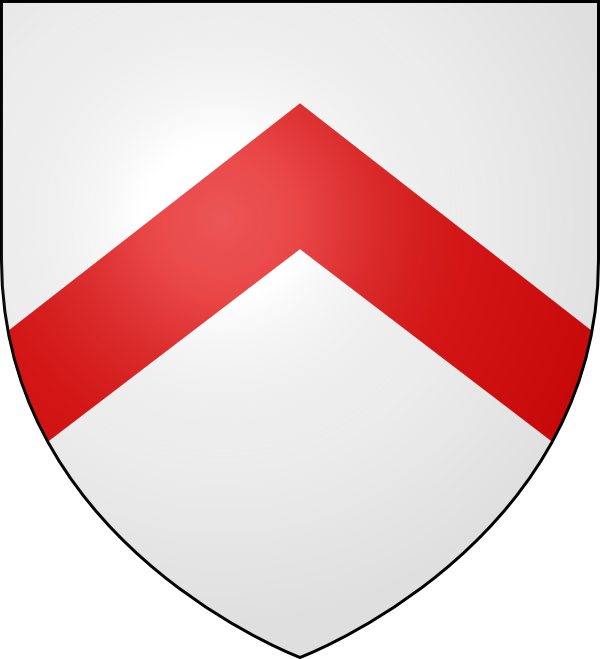
CHEVRON
- This is ordinary is two lines bent into right angles, forming a point in the center of the shield very much like an inverted "V". Sometimes explained as being similar to the line of a roof or gable.
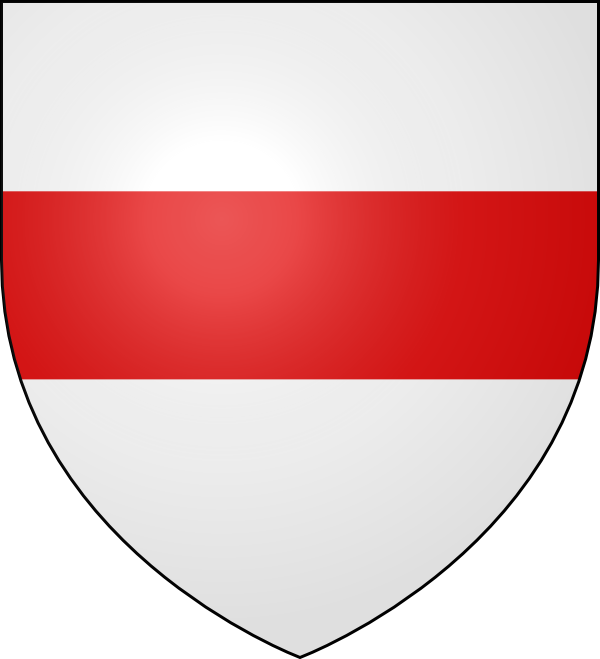
FESS
- This line represents a military belt or sash of honor and is one horizontal line running through the center of the shield. The word "fesse" is a Middle English word that has a connection to the old French word fasce and Latin fascia, meaning a band. It is also a vestment or a sash worn by a knight or a priest.
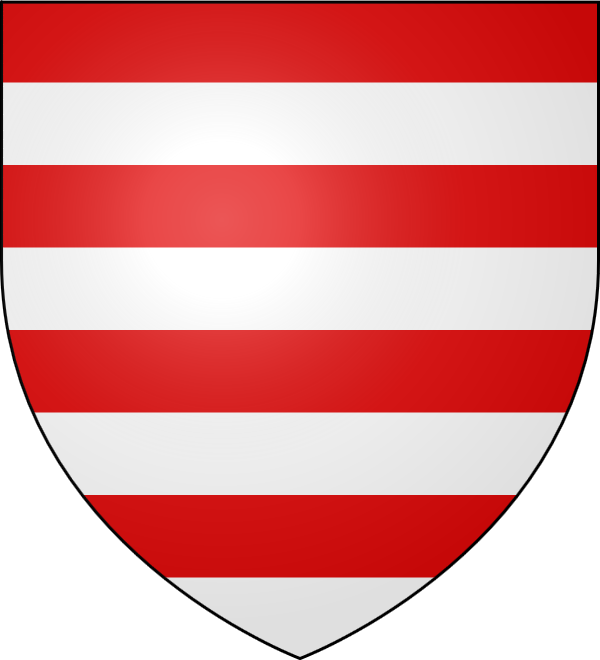
BAR
- The bar usually consists of two diagonal lines running from the upper left hand corner of the shield to the lower right hand corner. You may think of it as a narrower fess but generally comes in pairs.
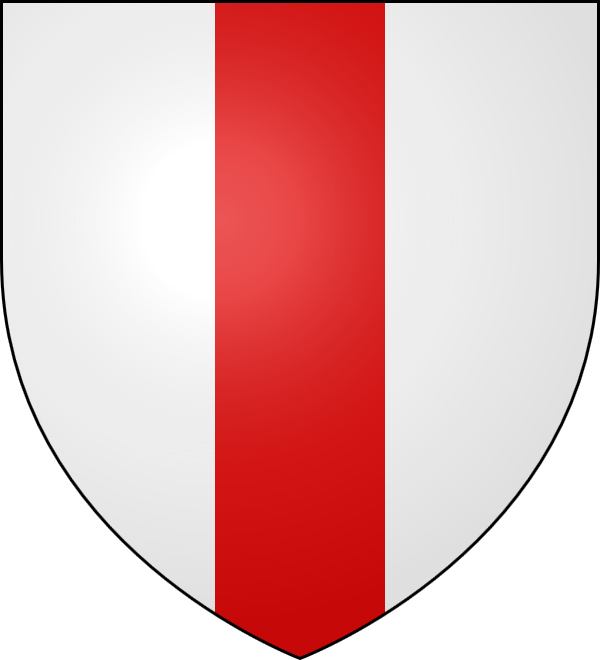
PALE
- This is a vertical line down the center of the shield. Generally, it can take up half the width of a shield.
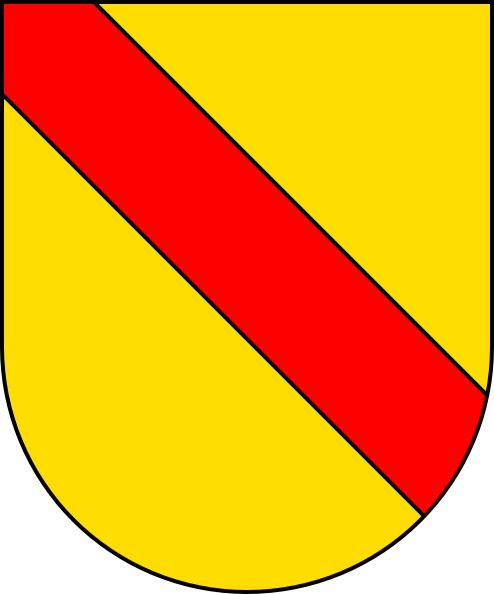
BEND
- The bend is a diagonal line running from the upper left hand corner of the shield to the lower right hand corner.

BEND SINISTER
- It's a stripe from chief sinister to base dexter. The word sinister indicates that the strip is on the left side of the shield as seen by the wearer, thus being the right-hand side of the shield. The word dexter signifies the right side of the shield as seen by the wearer, thus being the left-hand side of the shield in heraldry. The dexter has always been the more important side, thus beasts on the field of a shield face the dexter and bends issue most often from the dexter chief.